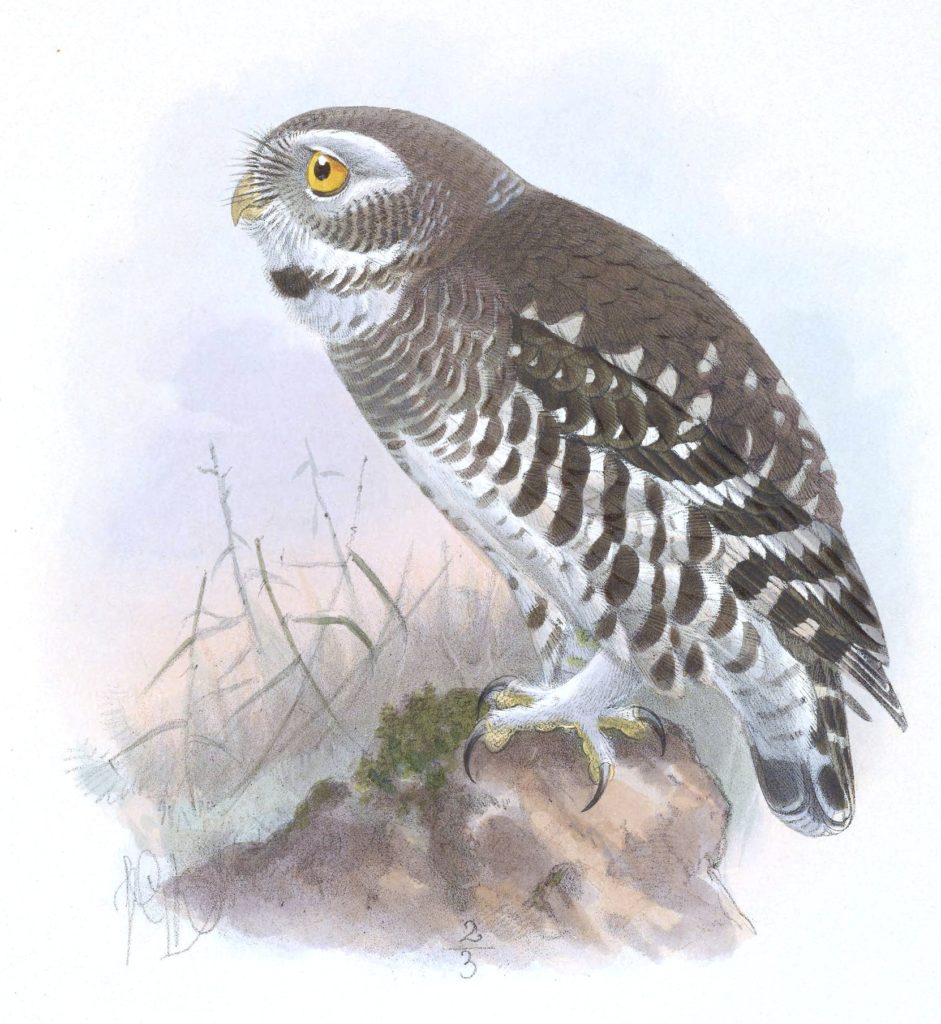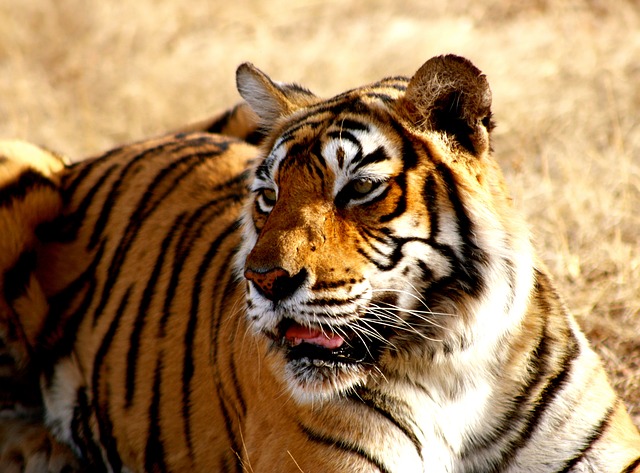The abundant verdure of South Gujarat has led to favourable conditions for wildlife to thrive in the region, bringing joy to enthusiasts. The biggest news has been the sighting of more than 80 forest owlets in Dang, Gujarat. Forest owlets are one of the rarest birds of India and marked Critically Endangered.
You can learn more about forest owlets here.

Rising Numbers In Dang
The farmlands of Dang are the habitat of about 82 forest owlets, a critically endangered species, of which only about 200 to 400 numbers are known to exist globally.
The forest owlet is a strongly diurnal species and fairly easy to detect, frequently perching on prominent bare branches. It preys on lizards, small rodents, and nestlings of other birds, grasshoppers, frogs and caterpillars.
Read More: Saintly Act Saves Endangered Forest Owlet
The presence of forest owlet in Gujarat was first recorded at Purna Wildlife Sanctuary in September 2014 by Jenis Patel and his team of volunteers from Voluntary Nature Conservancy (formerly Vidyanagar Nature Club). Prior to this, for a very long time, there had been no sightings of forest owlets until researchers rediscovered the bird in 1997 in Toranmal Reserve Forest from Maharashtra. Since then, Forest owlets have been seen mainly in Maharashtra and Madhya Pradesh.

Melghat Sanctuary of Maharashtra is one of the most preferred habitats of these owlet species. About 100 of them have been recorded there. The presence of about 82 owlets in Dang alone and a few more in nearby districts of Navsari and Valsad might well push Gujarat to the top position now as the preferred home for forest owlets.
The project led by Mr. Patel has been sanctioned by Rufford Foundation, UK and aided financially by Bombay Natural History Society’s Indian Bird Conservation Network.
In Navsari, presence of one bird was recorded near Vansda on Vansda-Dharampur state highway while in Valsad, this owlet was seen in Dharampur forest. In both cases, the birds were found near agricultural landscape and found to be friendly with the locals, perching on tree branches, even as farmers worked close by.
“Unlike other 32 owl species, forest owlet are not nocturnal but active in day time as well,” said Dhaval Patel, managing trustee of VNC trust, adding that the presence of such huge number of forest owlet in Gujarat is significant as earlier surveys had failed to establish their presence in the state.
The forest owlet is a species which was not found easily for over a century until 1997 due to factors such as habitat loss. It is likely that in the race for survival, they have begun to adapt to living conditions near agricultural land.
As Jenis Patel puts it, “We have concluded that forest owlet prefer a habitat near human settlement in Gujarat. It is more like farmers’ owlet instead of forest owlet.”
Read More: Know Your State Birds
Be it farms or forests, the sighting and probable rise in number of the birds is significant and hopefully will pave way for Gujarat to proactively work in providing suitable habitats for the one of its kind bird.





